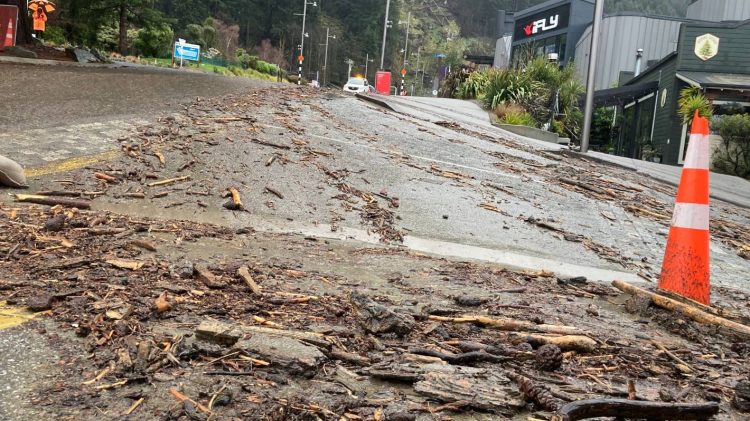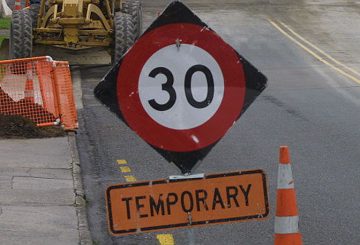날씨가 격동치는 한 주간 동안 남섬은 화재, 홍수, 크립토스포리디움 발생으로 어려움을 겪고 있다.이러한 혼란은 예상했던 봄 방학 기간인 바쁜 여행 기간 직전에 찾아옵니다.퀸스타운과 사우스랜드 모두 비상사태를 선포했습니다.또한, 크립토스포리디움 발생으로 인해 퀸스타운의 상수도 시설에서는 끓는 물 공급 안내를 시행하고 있습니다.
이런 어려움 속에서도 한 여성은 퀸스타운 여행 계획에 대해 가족들의 불안감을 토로하며 최근의 사건으로 인해 퀸스타운에 대한 매력이 떨어진다고 말했다.
에어뉴질랜드의 최고 운영 무결성 책임자인 데이비드 모건 (David Morgan) 은 상황에 대처하기 위해 금요일에 9월 21일에서 9월 28일 사이에 퀸스타운, 인버카길, 더니든을 오가는 항공편을 예약한 승객은 여행 계획을 변경할 수 있다고 선언했습니다.여행자는 10월 5일 이전에 에어뉴질랜드의 다른 목적지로 여행할 수 있으며, 요금은 부과되지 않습니다.목적지 변경에 따른 수수료는 없지만 승객은 운임 차액을 부담해야 합니다.또는 고객이 1년 동안 유효한 크레딧을 받아 나중에 예약할 수 있습니다.
이전에 에어 뉴질랜드는 오클랜드, 크라이스트처치, 웰링턴에서 오는 약 49,000명의 여행객을 예상하여 퀸스타운을 학교 방학 최고의 목적지로 보고했습니다.
긴급 상황에도 불구하고 퀸스타운 관광청 (Destination Queenstown) 대변인은 도심이 여전히 문을 열고 있다고 확인했다.방문객들에게 식수를 끓여 마시라고 상기시키고 손 위생의 중요성을 강조했습니다.
뉴질랜드 스키는 이번 시즌 폭우로 인해 코로넷 피크 (Coronet Peak) 를 폐쇄한다고 발표했습니다.처음에는 스키장이 10월 1일까지 계속 운영될 예정이었습니다.또한 리마커블스 스키장은 사람들이 위험한 도로를 여행하는 것을 방지하기 위해 최근에 눈이 내렸음에도 불구하고 일시적으로 문을 닫았습니다.
응아이타후 관광청의 졸란다 동굴 (Jolanda Cave) 은 글레노키의 다트 리버 어드벤처스 (Dart River Adventures) 가 일시적으로 접근이 불가능했지만 곧 도로 진입이 재개될 것으로 예상된다고 전했다.
퀸스타운 공항은 금요일에도 계속 운영되었으며 에어 뉴질랜드에서 출발하는 항공편 두 편만 취소되었습니다.인터시티 버스 서비스는 퀸스타운과 밀포드사운드 간 한 노선의 취소를 제외하고 대부분 변경되지 않았습니다.
MetService는 캔터베리 호수에 폭우 경보를 발령하여 오후 9시까지 70mm에서 100mm의 추가 강우량이 발생할 것으로 예측했습니다.
여행자는 항공사, 의회 및 도로 당국의 최신 정보를 확인하고 계획에 차질이 생길 경우 이용 가능한 가이드를 참조하시기 바랍니다.




























































